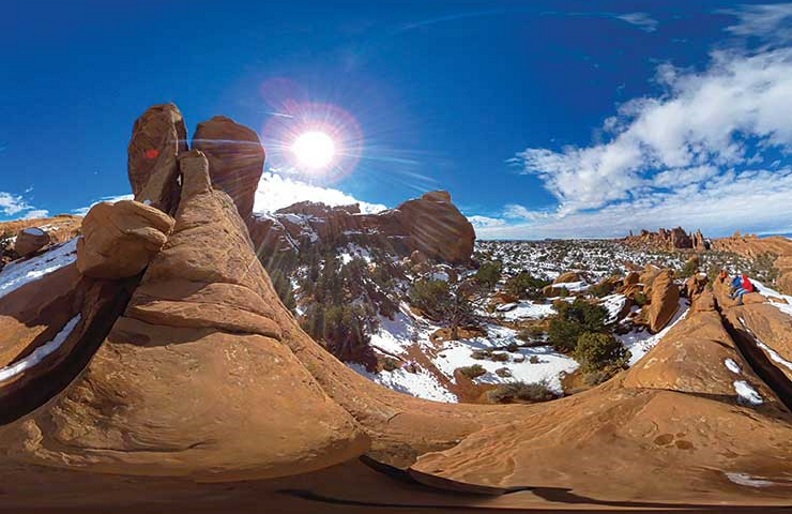Using virtual reality in travel is much more than simply placing a headset on a customer’s head and showing off a destination, argues Laduma’s chief executive Ben Smith – now’s the time to make the business case.
We live in a world overflowing with beauty, charm and adventure. The lure of new places and cultures has an enriching effect on our soul, but it also opens our eyes.
For most of us, travel and holidays remain the third biggest discretionary spend behind homes and cars. We fall in love with the idea of places, or the vision of a destination, and our emotions often force us to part with more money than we want to. No wonder, then, that tourism is a $7.6 trillion industry.
So how do virtual reality (VR) and augmented reality (AR) fit in?
Many leading travel brands have already experimented with VR and AR. On the face of it, the solution is obvious – show customers a preview of their destination to solidify the bond and close a sale. VR offers the chance for holidaymakers to “visit” destinations in a headset, and look at rooms, pools and beaches as if they’re already there.
Customers buy because they fall in love with these visions. But VR and AR will only succeed if they become part of the buying process and can tangibly and measurably impact revenue by providing certainty and confidence. At Laduma, that is our focus. VR/AR has moved into the post-wow era. Now the challenge is to make the business case.
Let’s take a live example: we are working with a low-cost carrier that has invested in a new fleet of aircraft, complete with a new section of premium seats. How can VR solve a problem and provide a measurable solution?
Let’s say sales of those seats are not where the company wants, because travellers aren’t seeing the benefit for the extra cost – an identifiable problem. At the point of sale, or even at the airport, that airline could give travellers a chance to put on a headset and sample their seat in economy.
Then, show the customer how they could spend the next eight hours. Let their mind trick them into feeling extra space, better food and drink and more entertainment. At that point, the opportunity to up-sell is significant and emotions needed to make that decision, despite financial realities, are high.
The results can be measured, the additional revenue generated can be presented, and the value of VR proven.
And that is the key if the travel industry is going to build a successful relationship with this technology. The work we do at Laduma with luxury travel and hotel companies follows that pattern. First, we need to identify a problem that we can solve with our content. We create a concept to do that, but also provide a way for clients to see if their investment is worthwhile. While it is nice to land big deals, one-offs are disappointing. We don’t want anyone to think their spend with us was wasted. We want them to see value, and see how VR/AR fits their sales or marketing strategy.
To misquote Lao Tzu, “a journey of a thousand miles starts with a single step”. VR/AR is the start of a long journey. The destination promises to be incredibly exciting once we get there.
This article was originally published by TTG.
